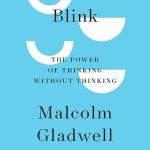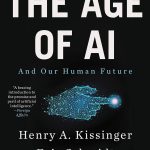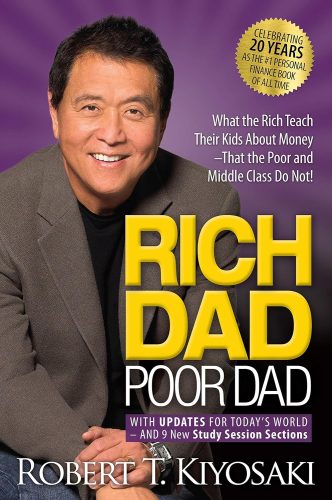
Blink – Malcolm Gladwell




Main Idea: “Rich Dad Poor Dad” by Robert Kiyosaki explores the contrasting financial philosophies of two influential figures in his life: his biological father (Poor Dad) and the father of a close friend (Rich Dad). The book delves into how each man’s beliefs about money and investing shaped Kiyosaki’s approach to financial independence, emphasizing the importance of financial education, investing, and entrepreneurship.
Key Points:
Review:
Recommendation: